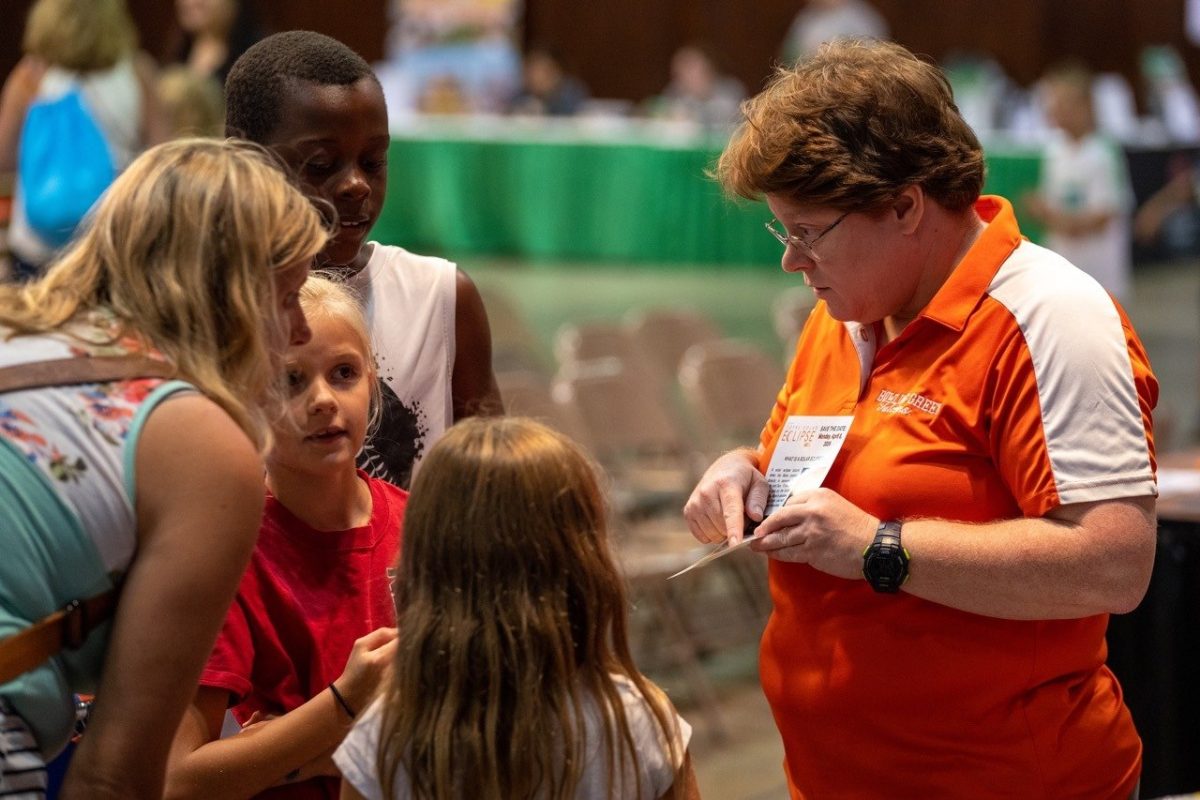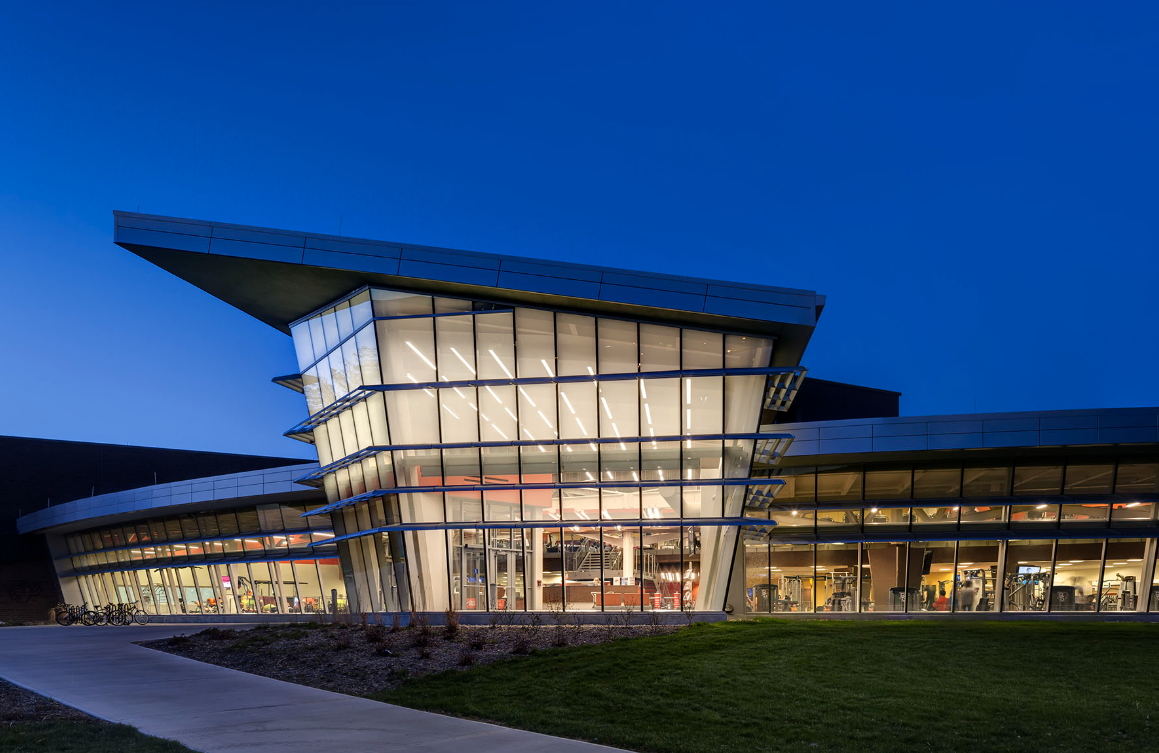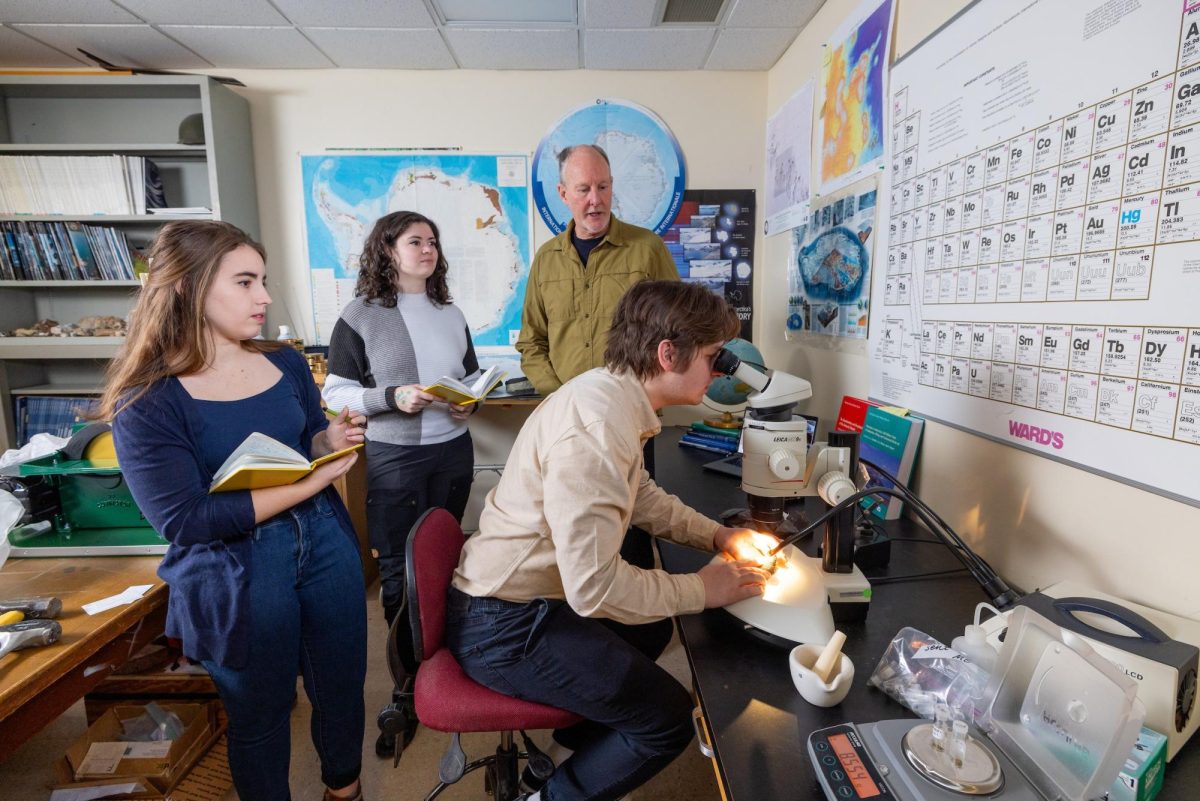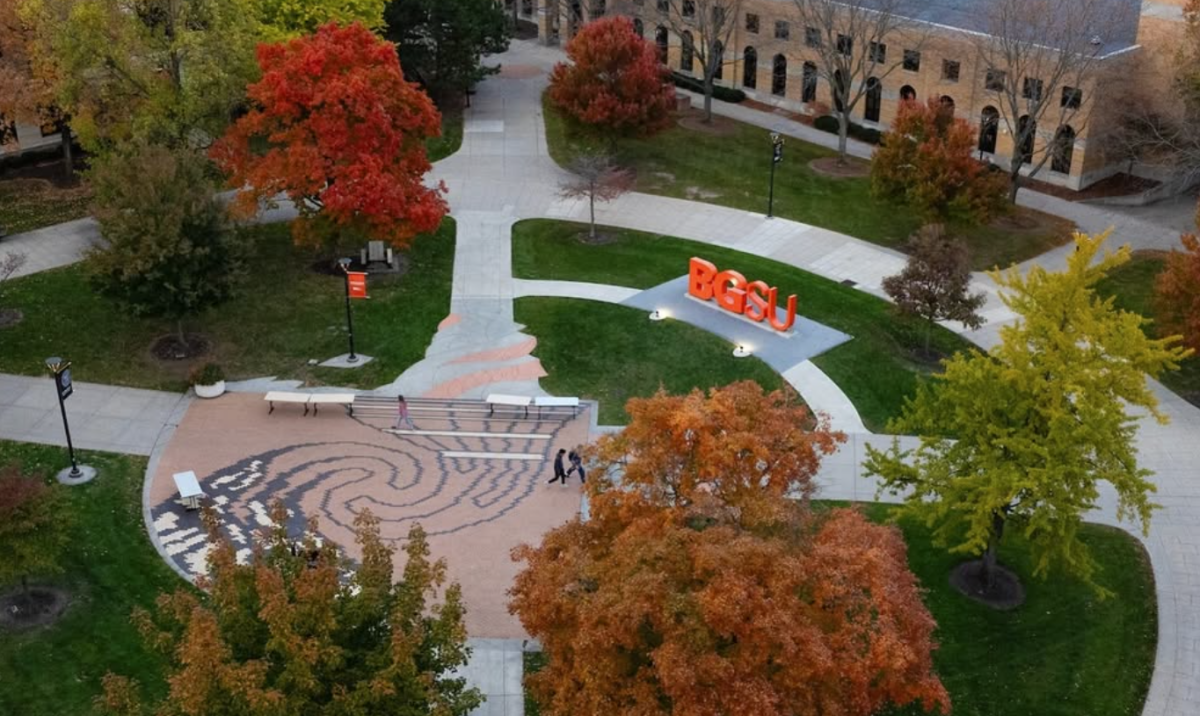The topic of a sanctuary campus has arisen once again with the introduction of a resolution to the floor of the Undergraduate Student Government.
“A Resolution formally supporting International Students, Sanctuary Campus, DACA, and BRIDGE Act,” reads Senate Resolution 2016/2017-07. “It is expected that Bowling Green State University support all of its students in their pursuits of an education.”
Diversity Affairs Senator Bryce Davis introduced the resolution. Davis, also the president of the University’s NAACP chapter, has introduced multiple USG resolutions in line with his title, including a diversity statement resolution passed in October.
When asked by a fellow USG member, Davis defined sanctuary campus as the University not releasing “information to the federal government about the status of the documentation of students…protecting any possible student from being deported or harassed by ICE or any other…agency.”
The resolution further reads that USG “supports all International Students around the nation” and “encourages President Mazey to rethink making Bowling Green State University a ‘Sanctuary Campus.’”
Concerns raised by USG members about the resolution included a loss of federal funding if the University were to adopt the sanctuary campus title.
Davis recognized President Donald Trump’s talk of defunding university identifying as a sanctuary campus, but according to Davis, Trump as shown no follow up to that defunding.
“There have been plenty of campuses around the nation who have taken on the sanctuary title, and he has done absolutely nothing about it at this time,” Davis said.
These threats of a loss of funding, Davis believes, are only perceived and not actual threats.
“…There currently are no actual, excluding perceived, hindrances to the operations of Bowling Green State University,” Davis read from the proposed resolution in regards to the University taking on the title of sanctuary campus.
The topic of sanctuary campus first arose at the University in November with the creation of a petition directed toward the University’s president and administration.
Since then, the Graduate Student Senate and the Faculty Senate have both passed resolutions supporting the creation protections for international students.
Faculty Senate passed its resolution in response to Trump’s January travel restriction executive action and instead used the name “welcoming campus” to appeal to the possibility of funding being revoked from sanctuary campuses.
Davis’ USG resolution, introduced Monday night, was tabled and will be voted on during next week’s Monday night meeting.
Also and separately on Monday night, Davis introduced Senate Resolution 2016/2017-08.
This resolution aims to decrease the size of the USG body in hopes of increasing USG’s productivity.
Currently USG has 48 senator positions. These include at-large, off-campus, residence hall, college, diversity, Greek, athletics, international and non-tradition senator positions.
“The Undergraduate Student Government has had difficulty recruiting 48 senators; and…with the 48 senators, the Undergraduate Student Government has difficulty being productive and use time efficiently due to 48 senators,” Davis’ proposed resolution reads.
Davis’ solution, as it outlines, is to reduce the total number of senators from 48 to 37 by decreasing off-campus and at-large representation to five seats each.
This resolution will also be voted on during next week’s meeting.
In addition at USG’s meeting, University CFO Sheri Stoll presented an update regarding the University’s budget and finances.
Stoll broke down the budget, which allowed USG members to better understand for what tuition and general fees are used.
According to Stoll, there will be a tuition freeze again for fiscal year 2018 and 2019 if the Ohio Senate and House do not amend that portion the Governor’s proposed budget.
Lastly, Stoll identified the capital improvements currently being performed at the University and improvements for the near future.
These improvements include the completion of University and Moseley Halls for July, 2017, the demolition of Family and Consumer Sciences and West Hall this coming summer, the overhaul of the University’s electrical systems to be performed this summer and the recent beginning of the planning stage for Hanna Hall’s renovation into the new business building.



















